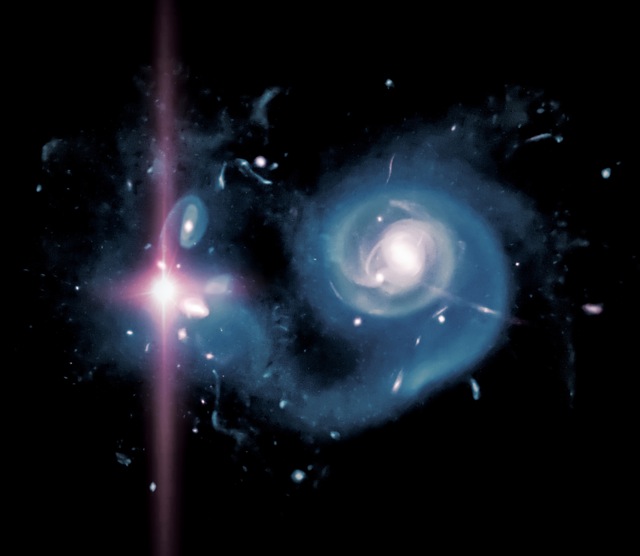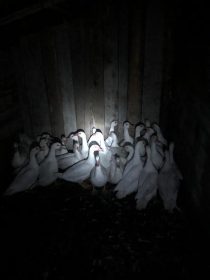SN2213-1745 şi SN1000+0216
|
Jeff Cooke of the Swinburne University of Technology in Australia and his colleagues reported the discoveries in a study published online October 31 in Nature. The supernovae pair, which have been designated SN2213-1745 and SN1000+0216, were identified from deep-sky images taken at the 3.6-meter Canada—France-–Hawaii Telescope between 2003 and 2008. SN2213-1745 lies at a redshift of 2.05, which implies that the supernova’s progenitor star exploded 10.4 billion years ago. (The universe is now about 13.7 billion years old.) The star that exploded as SN2213-1745 may have been as massive as 250 suns, the researchers estimate. SN1000+0216, which lies at a redshift of 3.9, went off some 12 billion years ago. The discovery smashes the record held by a supernova identified by Cooke and his colleagues in 2009 at redshift 2.36, which corresponds to a light-travel time of about 11 billion years. The data on the distant cataclysm are too limited to determine the exact mechanism behind the luminous blast. foto: Simulation of an early galaxy hosting a superluminous supernova. Credit: Adrian Malec and Marie Martig (Swinburne University); sursă ştire: Astronomers Spot Most Distant Supernova Yet. Comentarii |










